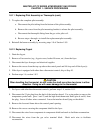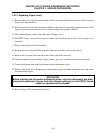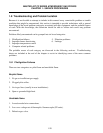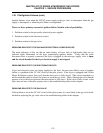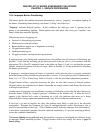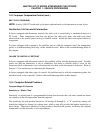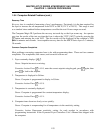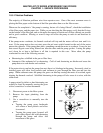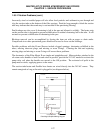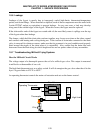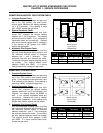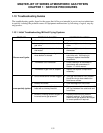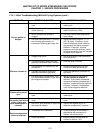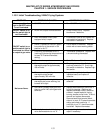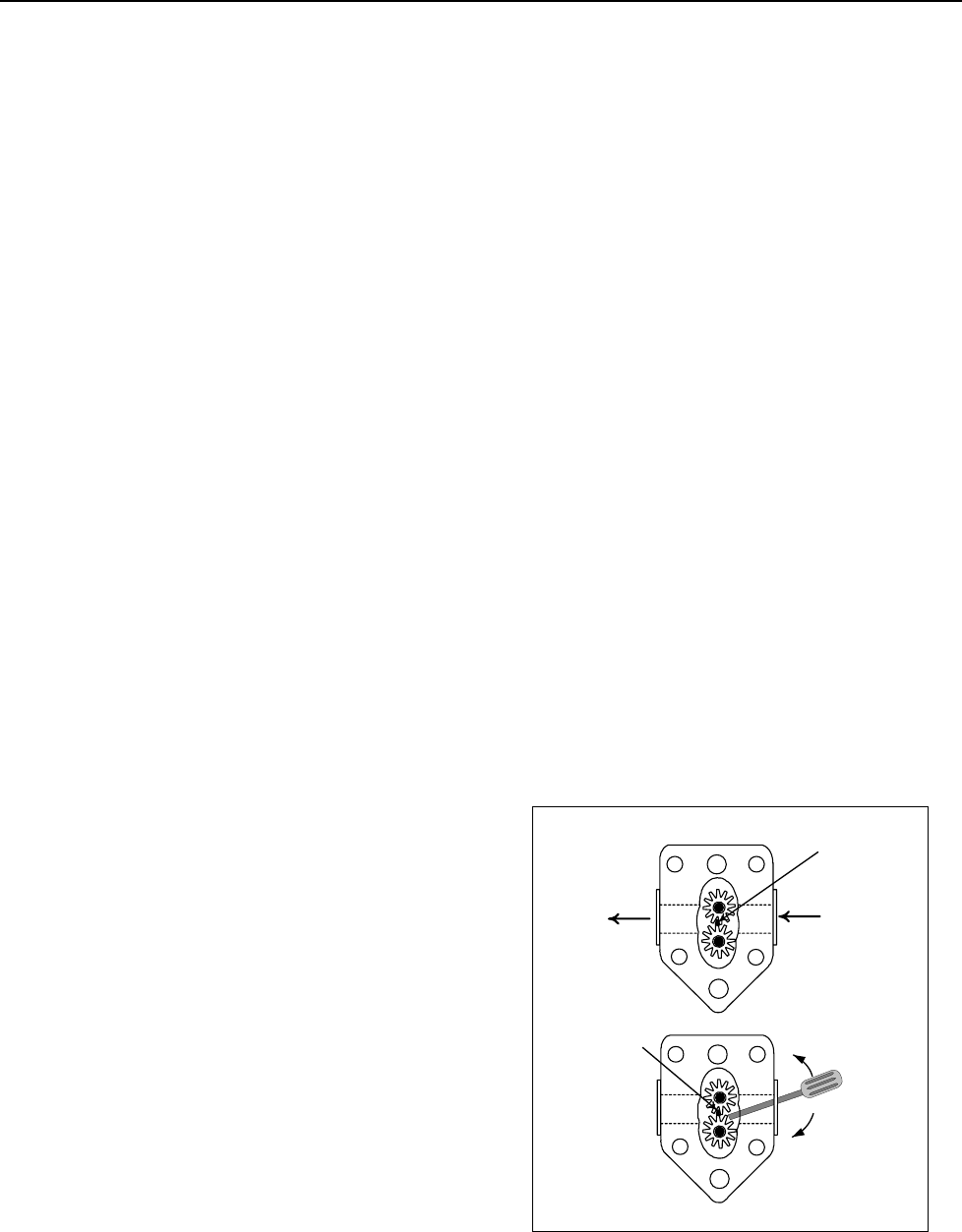
MASTER JET CF SERIES ATMOSPHERIC GAS FRYERS
CHAPTER 1: SERVICE PROCEDURES
1-26
1.9.5 Filtration Problems
The majority of filtration problems arise from operator error. One of the most common errors is
placing the filter paper on the bottom of the filter pan rather than over the filter screen.
Whenever the complaint is "the pump is running, but no oil is being filtered", check the installation
of the filter paper, and the paper size. While you are checking the filter paper, verify that the O-rings
on the bottom of the filter pan, and on the male disconnect (at inside rear of filter cabinet) are present
and in good condition. Missing or worn O-rings will allow the pump to suck air and decrease its
efficiency.
If the pump motor overheats, its thermal overload will trip and the motor will not start until it is
reset. If the pump motor does not start, press the red reset switch located on the end of the motor
nearest the operator. If the pump then starts, something caused the motor to overheat. It may be just
that several frypots were being filtered one after the other and the pump got hot. Letting the pump
cool down for at least a half-hour is all that is required in this case. More often, the pump
overheated for one of the following reasons:
• Shortening has solidified in the pan or filter lines.
• Attempt to filter unheated oil or shortening. Cold oil and shortening are thicker and cause the
pump motor to work harder and overheat.
If the motor tries to run but the pump does not, there is a blockage in the pump. Incorrectly sized or
installed paper will allow food particles and sediment to pass through the filter pan and into the
pump. When sediment enters the pump, the gears can bind up causing the motor to overload, again
tripping the thermal overload. Solidified shortening in the pump will also cause it to seize, with the
same result.
A pump seized by debris or hard shortening can
usually be freed by manually moving the gears
with a screwdriver or other instrument.
1. Disconnect power to the filter system.
2. Remove the input plumbing from the
pump.
3. Use a screwdriver to manually turn the
gears.
• Turning the pump gears backwards
will release a hard particle and allow
its removal.
• Turning the pump gears forward will
push softer objects and solid shortening
through the pump and allow free
movement of the gears.
Sediment
Particle
Oil Flow
Up for reverse
Down for
forward
Sediment
Particle



